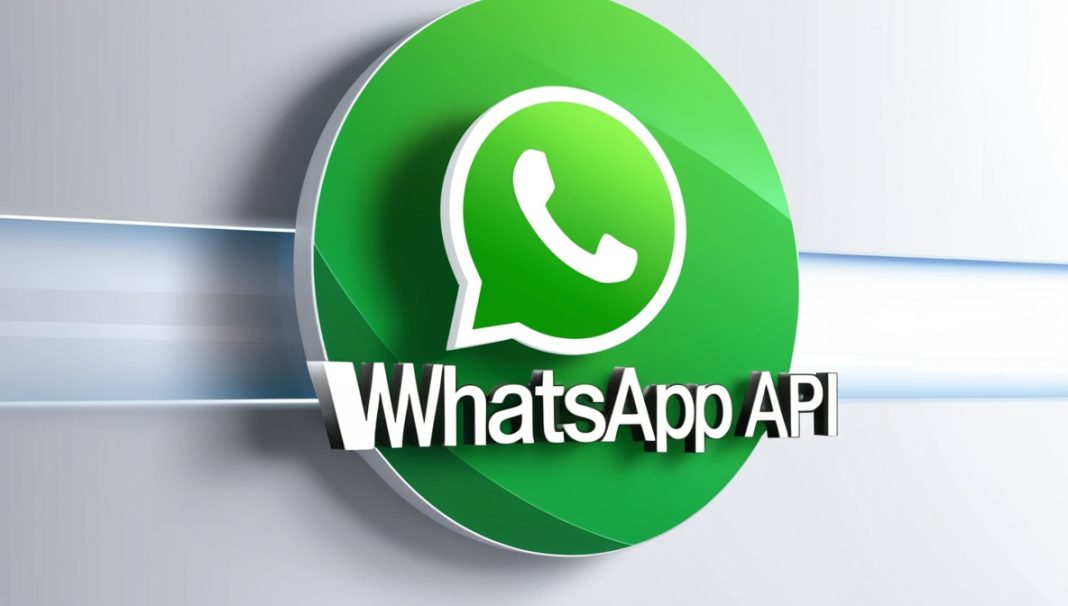WhatsApp has evolved from a simple messaging app into a powerful communication tool for businesses. With over 2 billion users worldwide, it’s no wonder that companies are leveraging the WhatsApp Business API to engage with customers in real time. But before jumping in, it’s important to understand the WhatsApp API pricing, how it works, what you’re really paying for, and where hidden fees may be lurking.
In this article, we break down everything you need to know about WhatsApp API pricing—so you can make informed decisions without any surprises. We’ll also touch on the common misconception around the term WhatsApp Business API free, and provide a handy create WhatsApp link you can use to test or implement in your business.
What is the WhatsApp Business API?
The WhatsApp Business API is designed for medium to large businesses to communicate with customers at scale. Unlike the WhatsApp Business App, which is free and suitable for small businesses, the API offers automation, multi-agent access, CRM integrations, and advanced analytics.
It’s used for sending notifications, providing customer support, marketing campaigns, and transactional messages—like order confirmations, delivery updates, and appointment reminders.
Is WhatsApp Business API Free?
Let’s clear this up right away: the WhatsApp Business API is not free. While the term WhatsApp Business API free often appears in search results, it typically refers to:
- Free trials offered by Business Solution Providers (BSPs)
- Free tools for initial testing and sandbox environments
- Free WhatsApp Business App (not the API)
So while you might find free access during onboarding or initial testing through platforms like MSG91, 360dialog, or WATI, ongoing usage is always subject to Meta’s pricing model plus any BSP markups or service fees.
WhatsApp API Pricing: Core Structure
The core pricing for WhatsApp Business API is based on conversational messaging, not per message.
1. Conversation-Based Pricing
Since June 2023, Meta (formerly Facebook) charges businesses per 24-hour conversation window. A conversation is initiated when the first message is sent, and all messages exchanged within that 24-hour window are included in the same charge.
There are two types of conversations:
- User-Initiated Conversations: When a customer messages your business.
- Business-Initiated Conversations: When your business sends the first message.
Business-initiated messages usually cost more because they are considered outbound marketing or service notifications.
2. Conversation Categories (as of 2024)
Meta splits messages into four conversation categories:
- Marketing: Promotional messages or offers.
- Utility: Transactional messages like receipts, confirmations.
- Authentication: Login or verification messages.
- Service: Customer support responses to user-initiated messages.
Each category has different pricing tiers based on country.
Hidden Fees to Watch Out For
While Meta sets the base prices, Business Solution Providers (BSPs) are the intermediaries that offer API access, infrastructure, and support. These BSPs often add their own markup or service fees on top of Meta’s pricing.
Here are some common hidden or additional costs to look for:
1. Markup Per Conversation
Some BSPs charge up to 100% markup per conversation. For instance, if Meta charges $0.0147, your BSP might charge $0.03 or more.
2. Monthly Subscription Fees
Platforms like MSG91, Gupshup, and others may charge monthly platform access fees, ranging from $10 to $100+ depending on features.
3. Onboarding Fees
Initial setup and onboarding can be free with some providers, but others might charge a one-time fee for integrating the API.
4. Message Template Approval & Hosting
While template approval is generally free through Meta, some BSPs offer template management tools at a premium.
5. Support & SLA Charges
If you require 24/7 support, advanced analytics, or guaranteed response times, some BSPs charge extra for these premium services.
Tips to Reduce WhatsApp API Costs
- Use user-initiated conversations wisely: They’re cheaper, and you get the first 1,000 per month for free.
- Avoid excessive marketing messages: Marketing conversations are the most expensive category.
- Choose the right BSP: Compare pricing, features, and support levels. Some BSPs like 360dialog offer more competitive pricing than others.
- Bundle services: Some platforms offer discounts if you combine chatbots, CRM, and WhatsApp messaging into a single platform.
How to Access the WhatsApp Business API
To get started with the API:
- Choose a BSP: Pick from official WhatsApp Business Solution Providers.
- Register your phone number: This will be linked to your business account.
- Verify your Facebook Business Manager account.
- Submit message templates for approval.
- Start sending and receiving messages via API or platform dashboard.
If you’re not ready to go full API yet, most BSPs offer a sandbox environment or trial access—which is where the “WhatsApp Business API free“ phrase is often misunderstood.
Create a WhatsApp Link for Your Business
To start interacting with customers on WhatsApp easily, use this simple WhatsApp link:
https://wa.me/15551234567
Replace 15551234567 with your business phone number in international format (no + or dashes).
You can even prefill a message like this:
https://wa.me/15551234567?text=Hi%20there!%20I’m%20interested%20in%20your%20services
These links are great for embedding in websites, email signatures, or QR codes to start conversations instantly.
While the WhatsApp Business API is a game-changer for brands looking to connect with their audience, it comes with a layered pricing model that requires attention. The term WhatsApp Business API free is often misleading, as there are always usage-based fees beyond any initial trial period.
By understanding Meta’s official pricing, recognizing BSP markups, and planning your message flow carefully, you can use the API cost-effectively. Always read the fine print, compare BSP offerings, and use the 1,000 free conversations wisely each month.
With smart planning, WhatsApp can become one of your most powerful—and surprisingly affordable—customer engagement tools.


